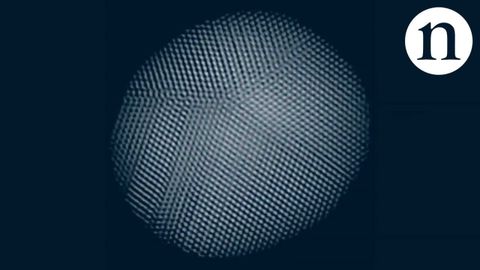奈米大小的原子,你有看過它長什麼樣子嗎?(Have you ever seen an atom?)
Jeff Chiao 發佈於 2021 年 12 月 19 日  沒有此條件下的單字
沒有此條件下的單字US /ˌɪndəˈvɪdʒuəl/
・
UK /ˌɪndɪˈvɪdʒuəl/
- n. (c.)個人;單個項目;個體;個人賽
- adj.個人的;獨特的;個別的;獨特的
US /tɛkˈnik/
・
UK /tekˈni:k/
- n. (c./u.)技術;工藝;技能;(藝術)技巧
- n. (c./u.)大小;規模;魚鱗;比例;等級;標尺
- v.t./i.測量;攀登;魚鱗
